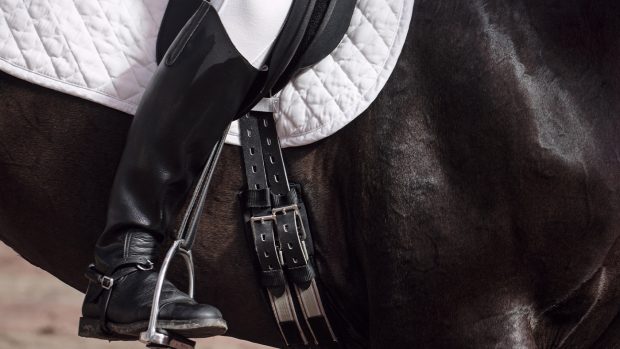View tack for sale and saddles for sale
Find a tack shop near you
If you’re considering buying a second-hand saddle, you should get a saddler to look it at it and check for any internal and external damage. You will also need a qualified fitter to fit the saddle, which will probably need adjusting.
Check areas of wear on the saddle. Girth straps and stirrup leathers are the most likely places to find it. Ask a saddler how bad they think the wear is. Scuffs, scratches and damage to the cantle and pommel may indicate that the saddle has been in a fall.
Make sure the girth straps, D-rings and saddle nails are all secure.
A saddle adopts the contours of the horse on which it is used. A saddler will be able to spot any areas which may need to be adjusted to suit your horse.
You should be able to tell if a saddle has been looked after by its appearance and feel.
If there are signs of repair, ask the vendor when and why this was done. A small split in the seat of a saddle should not cause many problems and may have been patched for cosmetic reasons, but a replaced tree pocket may indicate a bigger problem. Ask a saddler whether they think the damage is superficial or internal, which could be far more serious.
Take a good look at all the stitching on bridles. Check that none is coming loose or appears to have been repaired in the past. Does any of the stitching look worn or old or is it frail? Is the bridle in good enough condition to buy?
Ask the vendor why the tack is for sale and how they have cared for the saddle in the past. Excessive use of some preparations may cause stitches to rot and leather to weaken.
On bridles, check that all the keepers are intact and that buckles and fasteners are in good, solid condition. Buckles that break could cause serious accidents.
Poor-quality bridle leather can wear and become weak. Look for signs of potential problem spots such as splits or cracks, thinning in contact areas, buckle holes that have split into each other, or stretching. If damage is evident, is the bridle worth buying? A good-quality, well-cared-for bridle will not have any evidence of weakness.
This buyers guide was first published in Horse & Hound (24 March, ’05)
View tack for sale and saddles for sale
Looking for a tack shop near you?



